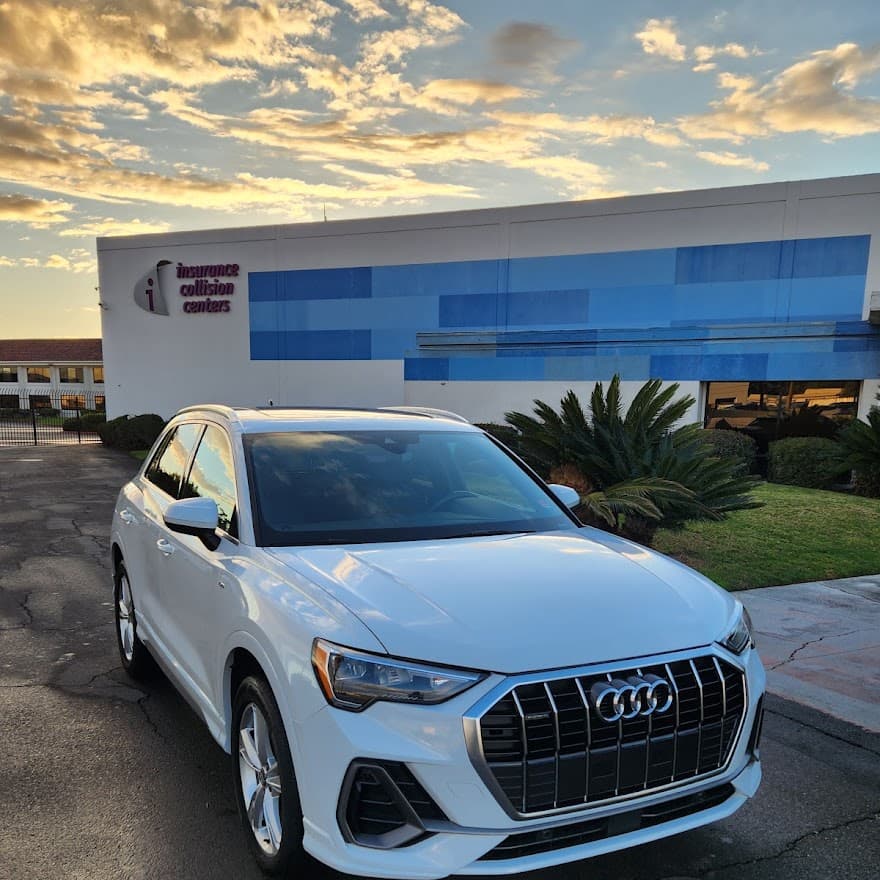
A road trip can be a dreamy escape, a cultural pilgrimage, or an adrenaline-charged adventure — but it can also quickly turn into a disaster if the weather turns sour. Picture perfect blue skies can sometimes hide the risk of thunderstorms, while serene winter landscapes might veil treacherous roads. The key to a successful road trip is preparedness, and at the core of that is understanding and monitoring the weather.
This comprehensive guide is crafted for the travel enthusiast with wheels underfoot. We'll not only demystify the art of checking weather for your road trip but also ensure you're well-versed in safety measures and strategic planning. Whether you're a seasoned road warrior or gearing up for your maiden voyage, these insights are your roadmap to smooth sailing through any weather.
Weather Forecast Basics
Before even thinking about what to pack, it's crucial to understand what the elements might throw your way. Weather forecasts are your crystal ball to predict everything from precipitation patterns to wind speeds and temperature changes.
Understanding Weather Forecasts
Forecasts are typically broken down into various elements, including:

Online Tools and Apps for Weather Updates
Thankfully, we live in the age of technology, where a wealth of information is at our fingertips. Numerous websites and apps offer comprehensive weather forecasts. Some favorites among road trippers include:
Be sure to check multiple sources for consensus on the forecast and always look for the most recent updates before hitting the road.
Factors to Consider
Forecasting the weather isn't just about checking for rain or snow. There are deeper layers to consider as well.
Seasonal Variations
Each season brings its own set of weather challenges. Consult historical weather data for your route by season. For instance, you might find that the summer months bring not only more sun but also more thunderstorms.
Topography Impacts
The lay of the land plays a significant role. Mountain ranges can create their own weather systems, leading to rapid changes in conditions. Coastal areas, too, bring their unique climate influences.
Local Weather Patterns
Research the climate highs and lows of the areas you plan to pass through. Some places are known for peculiar daily weather patterns, like afternoon thunderstorms in certain deserts or coastal fog in others.
Understanding these factors can help you anticipate what's ahead and pack accordingly while also making a tactical plan for your driving hours.
Safety Tips

Safety is non-negotiable, especially when potentially dangerous weather is in the forecast. Here are some essential tips to keep in mind:
Driving Precautions in Different Weather Conditions
Rain and Floods
Snow and Ice
High Winds
Fog
Emergency Kit Essentials
A well-stocked emergency kit can be a literal lifesaver. It should include:
Adapt your kit to encompass any specific needs dictated by your anticipated weather conditions, for example, extra sunscreen and hydration for desert trips during summer.
Planning Ahead
Incorporate your weather check as a crucial part of your pre-trip planning, alongside mapping out your route and selecting your destinations.
Flexible Itinerary Creation
Always have a plan B. If a storm system threatens to peak in your area of travel, know in advance where you might hunker down safely for a day or two.
Alternative Routes for Weather Challenges
Being able to quickly switch to a lower elevation or a more sheltered path can make all the difference. Keep these alternatives mapped out.
Engaging with Auto Repair and Collision Centers
If weather takes a toll on your vehicle, you'll want to be prepared. Know where the nearest auto body shop or collision center is on your route. Inclement weather driving can increase your chances of encountering accidents even if you're being cautious.

Is Your Auto Safe?
Before setting off, give your vehicle a thorough check. Are the brakes solid? Are the wiper blades in good condition? How about tire tread and pressure? Making sure your car is in top shape is perhaps the best preventive measure against the elements.
How Collision Center Can Help before , in , after trip?
If weather takes a toll on your vehicle, you'll want to be prepared. Know where the nearest auto body shop or collision center is on your route. Inclement weather driving can increase your chances of encountering accidents even if you're being cautious.
Collision centers can help in various ways before, during, and after your road trip. Here are some examples:
Before the Trip:
During the Trip:
After the Trip:
Collision centers are a valuable resource for road trippers, providing not just repair services but also proactive measures to ensure a safe and enjoyable journey. Incorporate a visit to a collision center as part of your pre-trip planning to give yourself peace of mind and minimize potential disruptions on the road. Happy travels!
Conclusion

A successful road trip hinges on striking the right balance between adventure and safety awareness. By mastering the art of weather checking, you're both an explorer of new horizons and a meticulous planner, ready for any curveball Mother Nature throws your way. Remember, preparation is not about limiting fun; it's about enhancing it by providing a safety net that allows you to fully savor the joys of the open road.
In the end, being proactive about weather conditions isn't just good for safety and peace of mind — it's an act of respect for nature's power and its role in the grand, unpredictable symphony of travel. The more informed and prepared you are, the more you can enjoy the ride and the fantastic stories that await you on your road trip of a lifetime.
